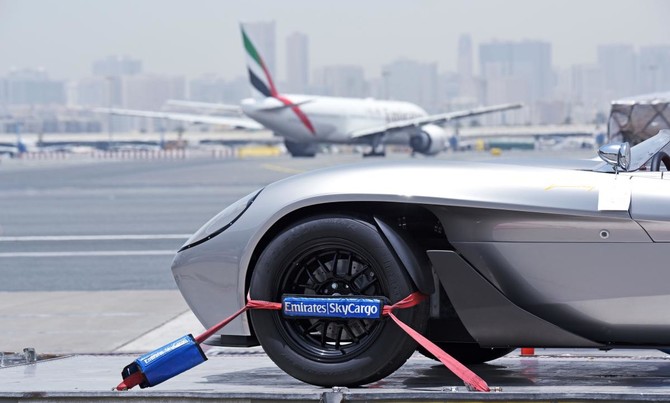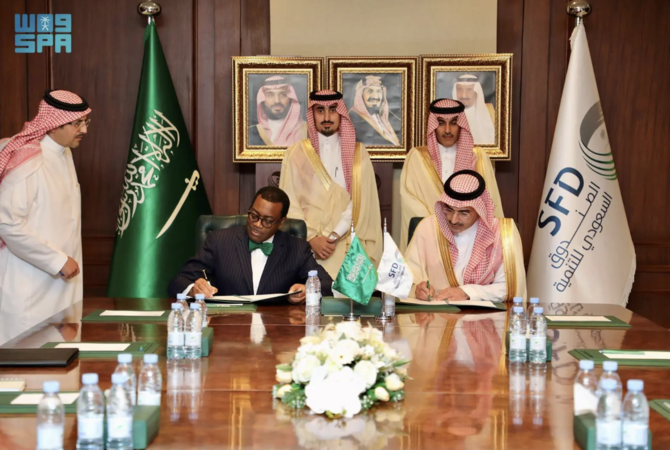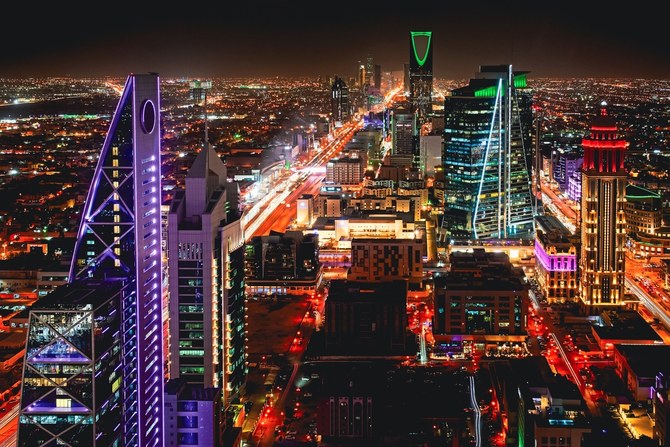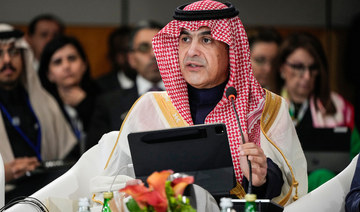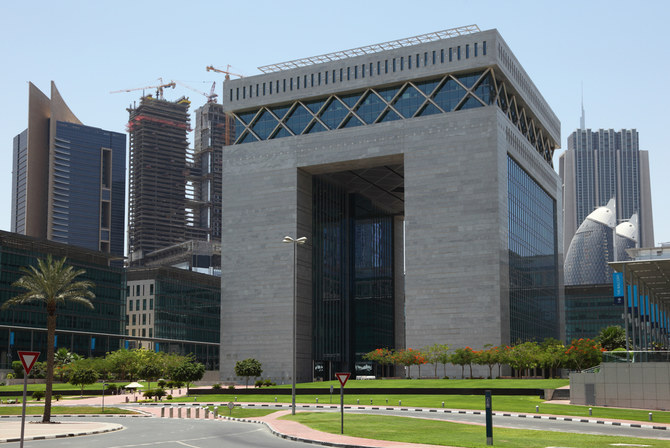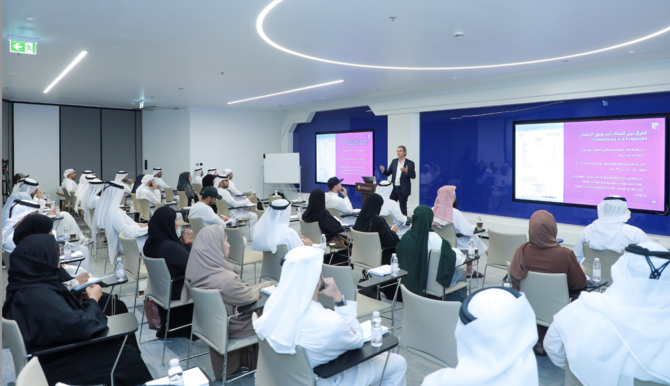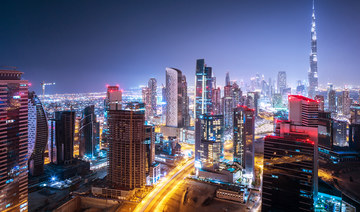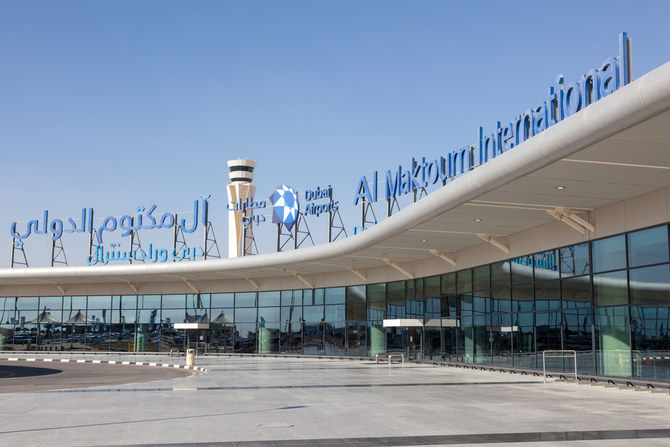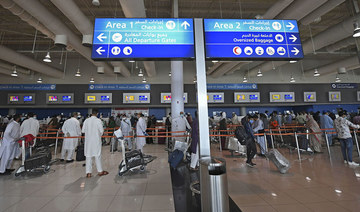DUBAI: Middle East airlines’ freight volumes rose 10.2 percent in May and capacity increased 1.7 percent in May, reversing the 3.1 percent decline in April, the International Air Transport Association (Iata) said.
Demand between the Middle East and Europe remained strong, with freight ton kilometers (FTKs) flown in the segment up 19 percent so far, while traffic to and from Asia has weakened, growing by just over 1 percent.
FTKs measure how much freight business an airline gets. The total FTKs for every flight stage flown by every aircraft over a period is the FTK of an airline over the period.
Meanwhile, international freight volumes grew at a faster 12.7 percent in May year-on-year, compared with the 8.7 percent expansion registered the previous month. This was also more than three times higher than the five-year average growth rate of 3.8 percent.
The continued growth in airfreight demand was consistent with an uptick in global trade as new export orders were near a six-year high in May. With an improvement in business activities, companies had to replenish their inventories quickly, giving air cargo operators as they helped allow firms restock quickly at the onset of pick-ups in the economic cycle.
“May was another good month for air cargo. Demand growth accelerated, bolstered by strong export orders. And that outpaced capacity growth which should be positive for yields. But the industry can’t afford to rest on its laurels. With indications that the cyclical growth period may have peaked, the onus is on the industry to improve its value proposition by accelerating process modernization and enhancing customer-centricity,” said Alexandre de Juniac, Iata’s director general and chief executive said in a statement.
Elsewhere, Asia-Pacific airlines’ freight volumes expanded 11.3 percent in May compared with the same period a year before and capacity increased by 6.2 percent.
Demand growth has been strongest – between 13 percent and 15 percent – on international routes within Asia as well as between Asia and Europe.
North American carriers posted an increase in freight volumes of 13.9 percent in May, and capacity increased 4.1 percent.
Global air freight demand increases 13% in May: https://t.co/ZbnhPfoi7X pic.twitter.com/QTuPFgiPWr
— IATA (@IATA) July 5, 2017
European airlines meanwhile posted a 15 percent increase in freight volumes in May and a capacity improvement of 5.7 percent, with airlines benefiting from strong demand on the Europe-Asia market.
The ongoing weakness of the euro persists in boosting the performance of the European freight market, which continues to benefit from strong export orders, Iata said.
Latin American carriers were the only segment that posted single-digit demand growth, at 6.7 percent, in May. Capacity increased by 7.1 percent over the same period.
The region’s carriers have managed to adjust capacity, which has limited the negative impact on the load factor, Iata said.
African carriers meanwhile posted the largest year-on-year improvement in demand of all regions in May, with freight volumes growing 27.6 percent. Capacity increased by 14.7 percent over the same time period.
Demand has been boosted by very strong growth on the trade lanes to and from Asia, which have increased by nearly 57 percent so far this year.


